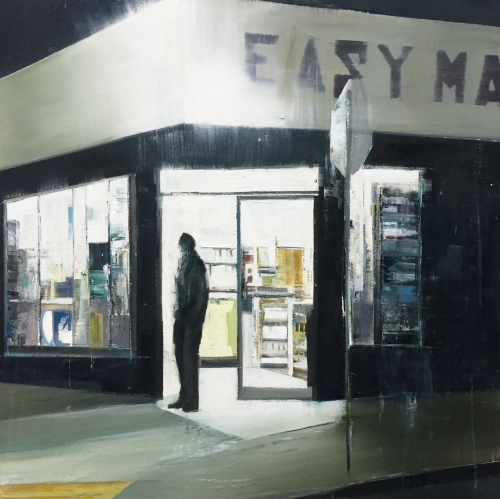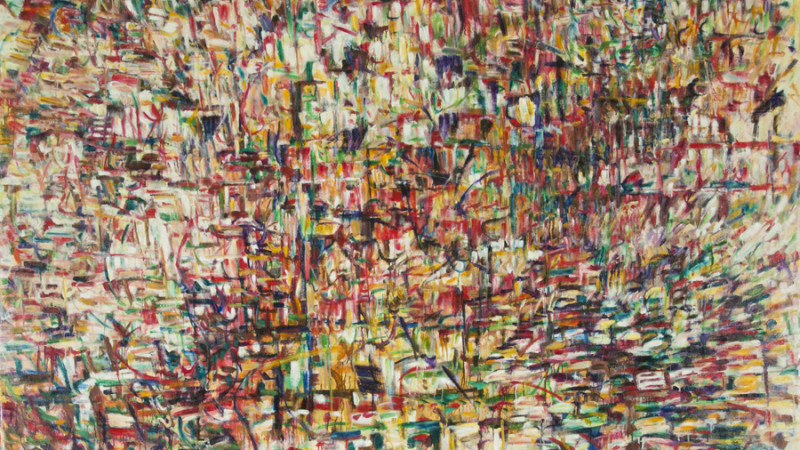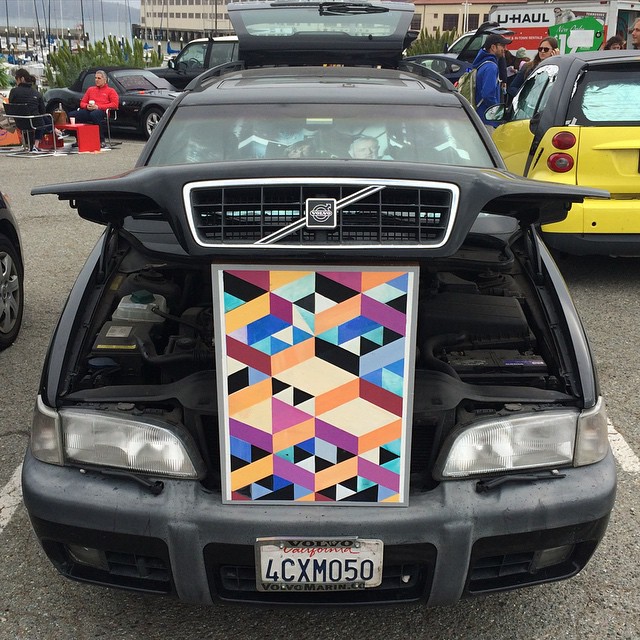The San Francisco art world is banding together to preserve what’s left of its community in a city that seems to increasingly seek to push the arts away: rents are sky high, evictions and displacement are common, but gallery owners and artists persevere.
Last week marked the fifth year of Art Market San Francisco, held at Fort Mason Center. With 25,000 people in attendance, Kelly Freeman of Art Market says it was a strong year, “Bay Area collectors have grown accustomed to art fairs and the galleries keep coming back.” The contemporary and modern art fair is the last still standing of the trio that once marked this season (ArtPadSF and the San Francisco Fine Art Fair are no more), but it was joined by two brand new fairs (stARTup Art Fair and the rogue Parking Lot Art Fair) in their place.
Though often over-stimulating and overwhelming for the viewer, art fairs continue to grow in popularity. Galleries pay tens of thousands of dollars to pack and ship works, fly their staff around the world and set up shop at fairs — in addition to paying rent at their brick and mortar locations. In a city like San Francisco where real estate is already costly, it’s not the best combination of expenses, but a necessary move.
Mark Pinsukanjana, co-owner of Themes + Projects gallery, says it’s difficult to survive solely off an exhibition space like he could ten years ago, “Times have changed… When you don’t have a brick and mortar, the art fair organizer won’t take you seriously.” Visitors pay the price, too. Admission into Art Market was $25.

Ken Harman is the owner of Hashimoto Contemporary and Spoke Art, two San Francisco galleries. Artists on display in the Hashimoto booth included GATS, John Wentz, Joel Daniel Phillips and Brett Amory. It’s Harman’s fourth year at Art Market and he says it’s absolutely worth the booth cost, “The galleries are on Sutter Street and while they get a fair amount of foot traffic, this type of event really is where you get to meet collectors from all over the city and in some instances, from all over the state.”



